Artist: Piet Mondrian
Style: Neoplasticism
Topic: Composition Colour
Date: 1939
Size: 105 x 102 cm
Museum: Solomon R. Guggenheim Museum (New York, United States)
Technique: Oil On Canvas
From 1938 to 1940 Piet Mondrian, who had fled wartime Paris, was established in London near his friends Naum Gabo, Barbara Hepworth, and Ben Nicholson. During this period he continued working in the highly reductivist Neo-Plastic mode he had developed in France, in which horizontal and vertical black lines intersect on the canvas in asymmetrically balanced relationships to yield flat white or colored quadrilaterals. The palette is generally restricted to black, white, and primary colors. The present work is among the more coloristically austere examples. By divorcing form completely from its referential meaning, Mondrian hoped to provide a visual equivalent for the truths that inhabit nature but are concealed in its random, flawed manifestations. He felt that if he could communicate these truths by means of a system of resolved oppositions, a “real equation of the universal and the individual,”¹ the spiritual effect on the viewer would be one of total repose and animistic harmony. In order to effect this transmission the artist must sublimate his personality so that it does not interfere with the viewer’s perception of the rhythmic equilibrium of line, dimension, and color. These elements, however, are organized not according to the impersonal dictates of mathematics but rather to the intuition of the artist. Likewise, although the artist’s gesture is minimized and the reference to personal experience erased, his presence can be detected in the stroke of the paintbrush and the unevenness of the edge of the transcendent line. The individual consciousness exists in a dialectical relationship with “the absolute,” which is realized pictorially through, in Mondrian’s words, the “mutual interaction of constructive elements and their inherent relations.”² Just as the forms and space of the canvas are abstracted from life, so the spiritual plane is removed from, though related to, the work of art. Mondrian sought to unite art, matter, and spirit to discover in all aspects of experience the universal harmony posited in Neo-Plasticism. Lucy Flint 1. Quoted in Theories of Modern Art, ed. H. B. Chipp, Berkeley and Los Angeles, 1968, p. 350. 2. Ibid., p. 351.
Artist |
|
|---|---|
Download |
|
Permissions |
Free for non commercial use. See below. |
Piet Mondrian – Most viewed artworks
|
This image (or other media file) is in the public domain because its copyright has expired. However - you may not use this image for commercial purposes and you may not alter the image or remove the watermark. This applies to the United States, Canada, the European Union and those countries with a copyright term of life of the author plus 70 years.
|
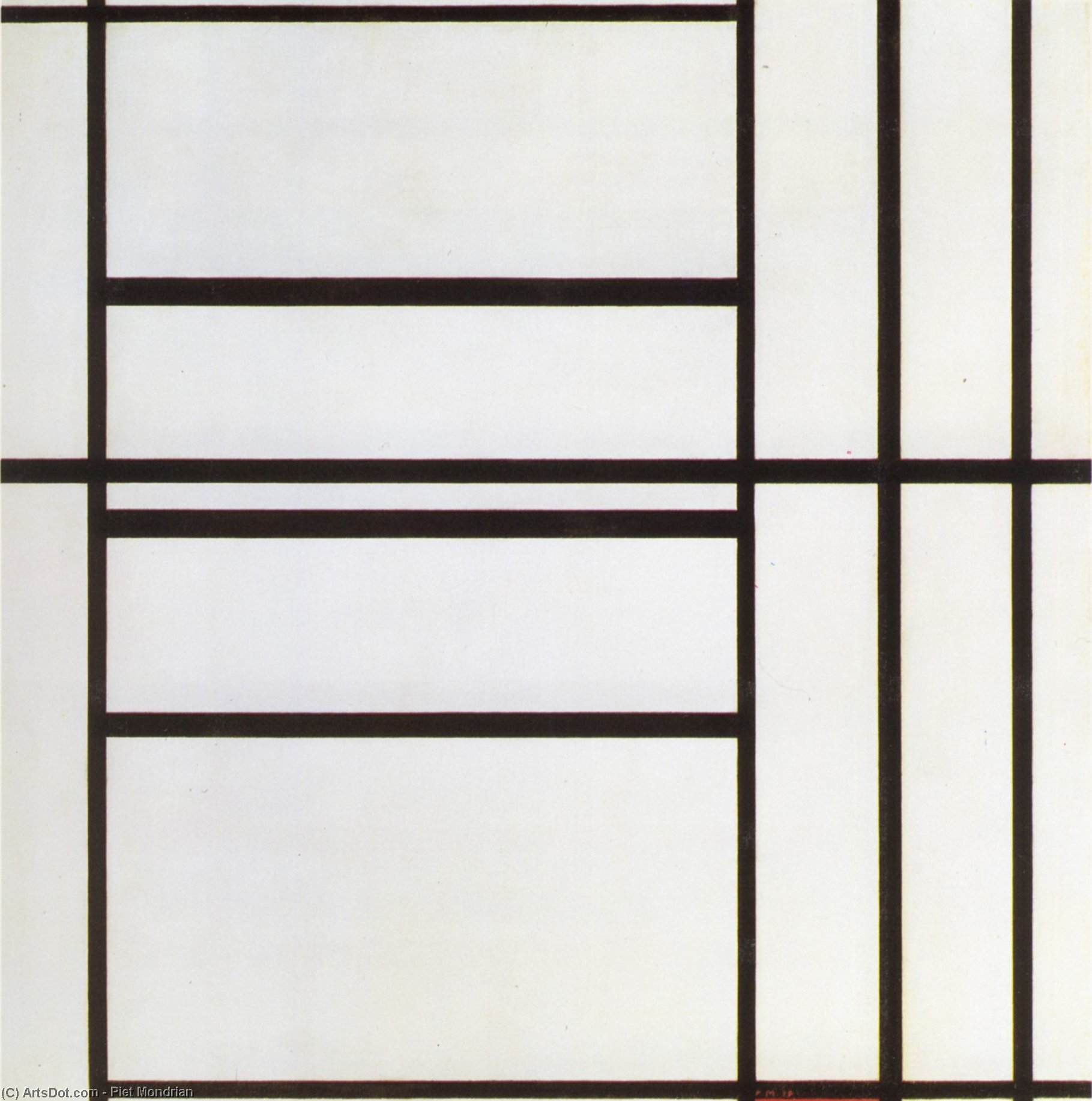
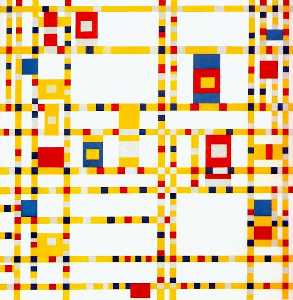
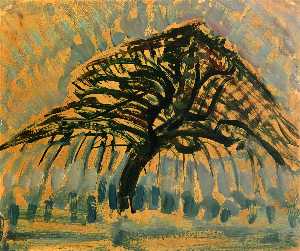

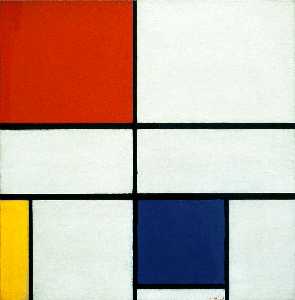

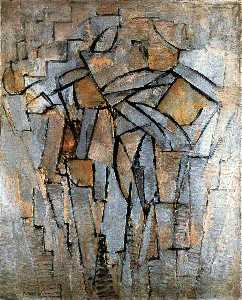
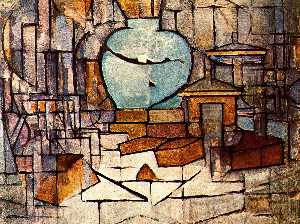
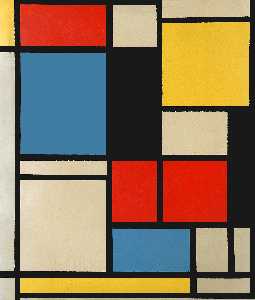
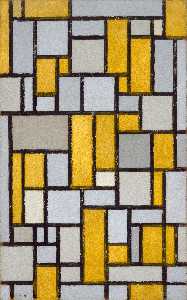
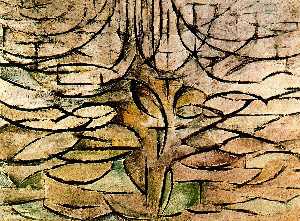


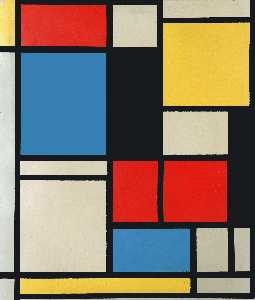
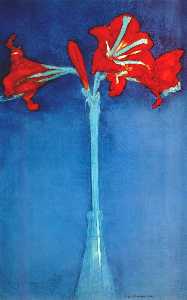
 Note that a few countries have copyright terms longer than 70 years: Mexico has 100 years, Colombia has 80 years, and Guatemala and Samoa have 75 years. This image may
not be in the public domain in these countries, which moreover do not implement the
Note that a few countries have copyright terms longer than 70 years: Mexico has 100 years, Colombia has 80 years, and Guatemala and Samoa have 75 years. This image may
not be in the public domain in these countries, which moreover do not implement the